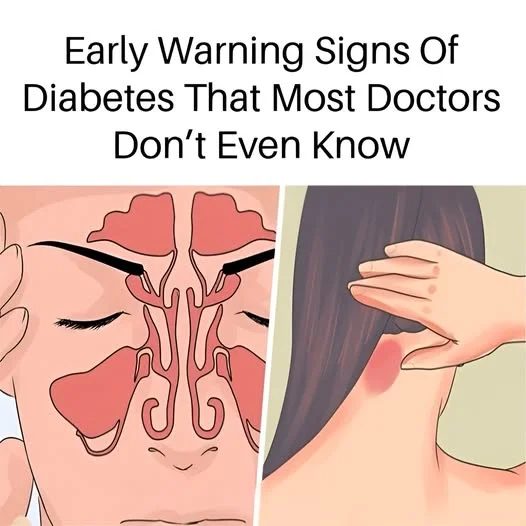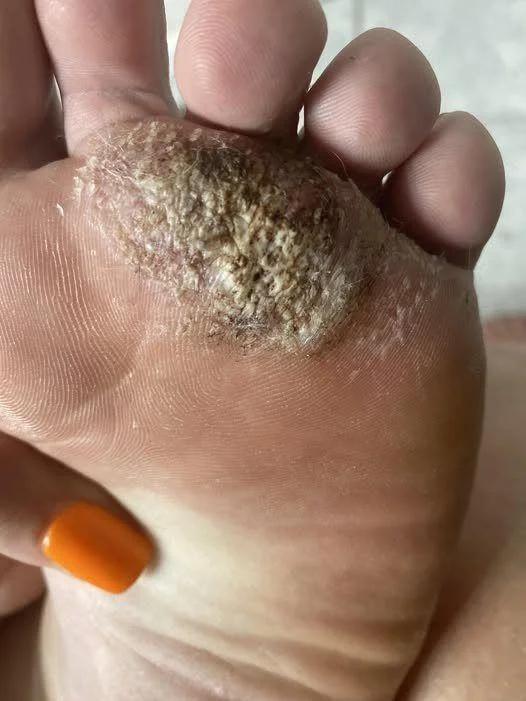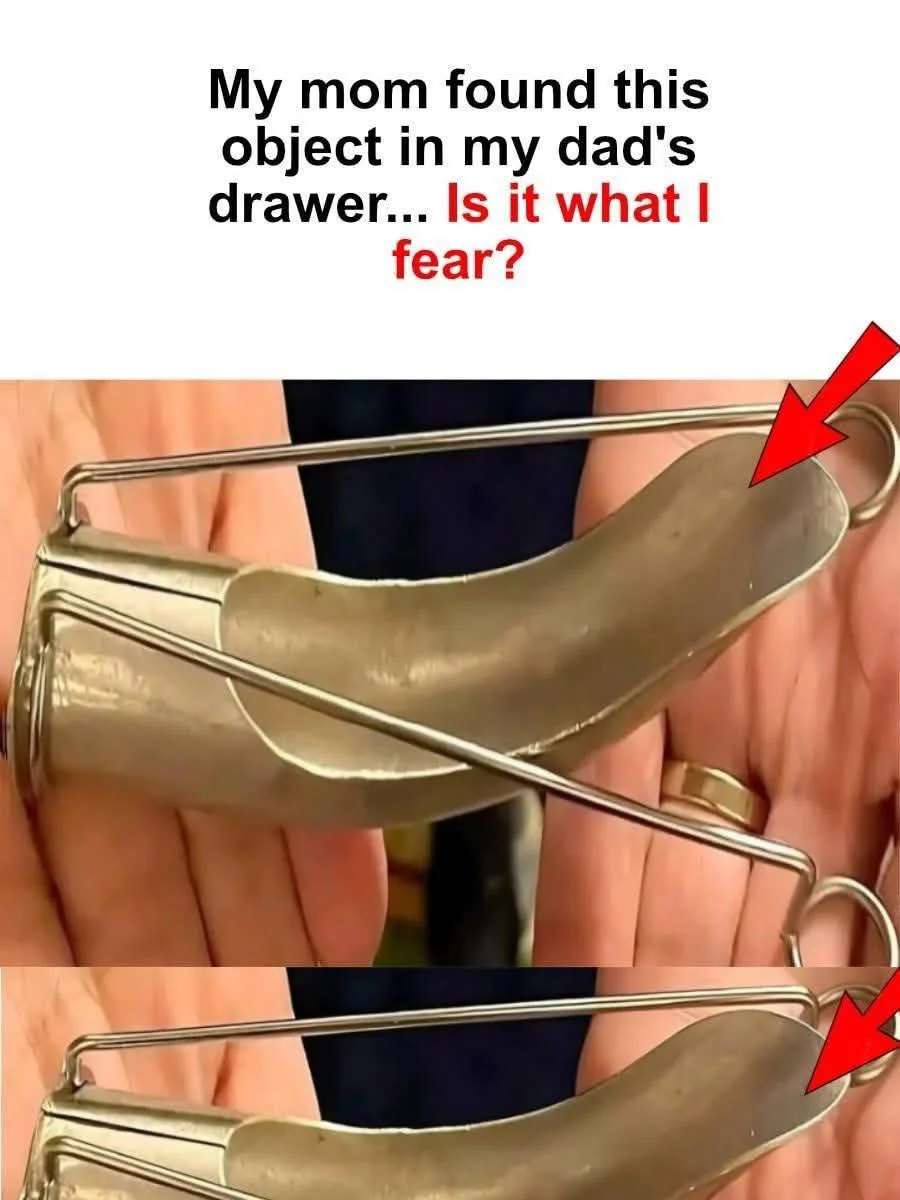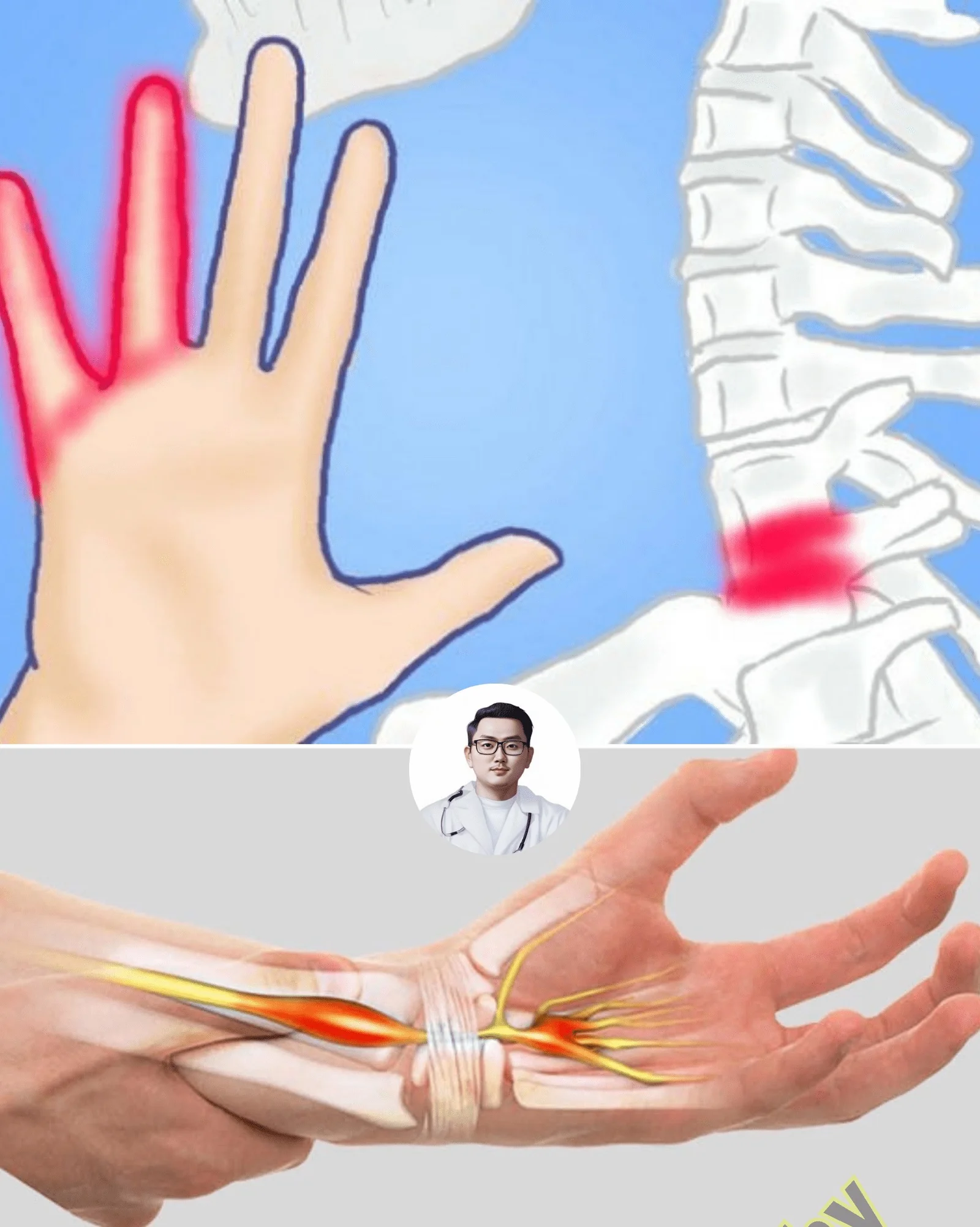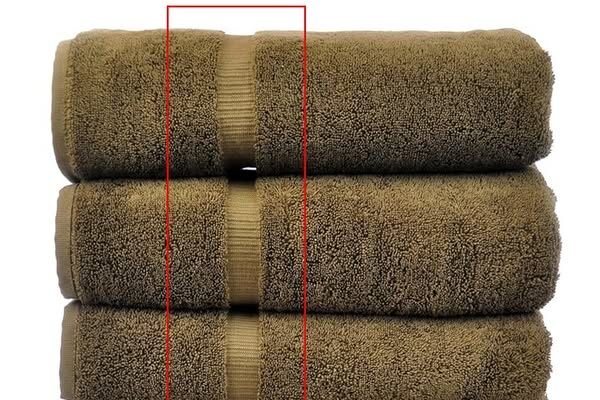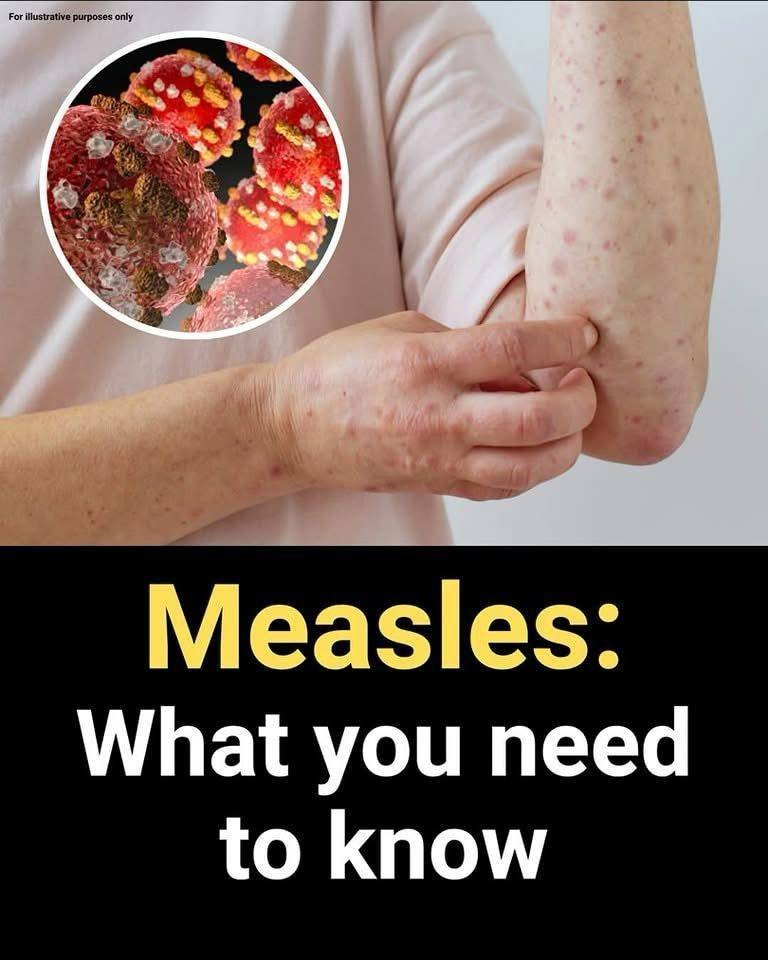Measles is a highly-contagious viral infection, distinctly noted by a particular skin infection, presented as a red rash. It affects the respiratory system and can lead to serious complications and even death. Symptoms attributed to measles include a widespread red rash, cough, fever, and Koplik spots (white spots) in the inner mouth. Once someone is infected, the measles virus incubates for 14 days, with the onset of symptoms only appearing approximately 2 weeks later. This makes measles increasingly difficult to contain once an outbreak occurs. Fortunately, global vaccination efforts have resulted in substantial decreases in cases worldwide. Immunization from the vaccine is lifelong, mitigating the risk of future infections. However, measles still exists and is transmitted today. In 2021, the WHO reported that roughly 128,000 people died from measles with most cases being unvaccinated children under 5. The most vulnerable populations for contracting measles include children, pregnant people and immunocompromised individuals. However, anyone can get measles. Advertisement Measles and its Symptoms Source: Shutterstock A paramyxovirus from the genus Morbillivirus causes measles. Measles is widely known as one of the most contagious diseases known. It infects over 90% of susceptible people who come into contact with an infected person. Without widespread vaccination, one person with measles infects 12 to 18 others, much higher than Ebola’s transmission rate of 1.5 to 2.5 people. Measles contagion disproportionately affects children, with pneumonia developing in as many as 1 in 20 cases, even though the overall mortality rate remains between 0.1% and 0.2%. Although common anti-inflammatory drugs, hydration, and rest manage symptoms, measles, like other viral illnesses, lacks a cure, and antibiotics prove ineffective. Measles fatalities are also higher in developing countries. Measles presents with a distinct set of symptoms. Early recognition is crucial for prompt management and preventing complications. Cough Credit: Pexels Typically, a cough begins to develop in the early stages of measles, often appearing 1-3 days before the distinctive red rash on the skin. It presents as an acute, dry cough, stemming from inflammation of the respiratory tract. The cough may persist throughout the illness, potentially leading to complications such as pneumonia. Possible symptomatic relief strategies include consuming warm liquids to soothe the throat and using a humidifier to add moisture to the air. High Fever Credit: Pexels The fever typically starts alongside other initial symptoms, such as cough and runny nose, preceding the rash by a few days. A high fever is a distinctive symptom of measles, with body temperatures spiking to 101-104°F (38.3-40°C). The fever and heightened body temperature is a result of the body’s immune response to the measles virus, contributing to the overall discomfort experienced during the illness. Symptomatic relief includes taking acetaminophen or ibuprofen to reduce fever and promote comfort, and applying cool compresses to help regulate temperature. Runny Nose Credit: Pexels The onset of a runny nose often coincides with the fever and cough in the early stages of measles. The nasal discharge is usually clear but may become thicker due to mucus buildup. This symptom results from inflammation of the nasal passages due to the measles virus, contributing to respiratory discomfort. Using saline nasal sprays to help loosen congestion and gently blowing the nose offers some relief. Eye Irritation, Including Redness and Swelling Source: Shutterstock Conjunctivitis, characterized by eye irritation, redness, and swelling, is a common symptom of measles. It typically emerges during the early stages of infection, along with fever, cough, and runny nose. The eyes may become sensitive to light (photophobia) and exhibit excessive tearing. To help with symptoms of eye irritation, apply cool compresses to the eyelids, keep the room dimly lit to reduce light sensitivity, and avoid rubbing the eyes. Sore Throat Credit: Pexels A sore throat frequently occurs alongside the initial symptoms of measles, developing in the days leading up to the rash. It arises from inflammation of the throat and contributes to pain and discomfort during swallowing. The sore throat can exacerbate the overall malaise and respiratory symptoms associated with measles. Try gargling with warm salt water to soothe the throat and using throat lozenges or sprays. Koplik Spots Source: Shutterstock Koplik spots are a distinctive diagnostic feature of measles, appearing 1-2 days before the rash. These small, white spots with bluish-white centers appear on the inner lining of the cheeks (buccal mucosa). Koplik spots do not cause any pain or discomfort but their appearance is highly indicative of measles infection and aids in early diagnosis. They even occur before the rash develops. However, not all people infected with measles exhibit this symptom. Skin Rash and Further Risks of Measles Source: Shutterstock The measles virus most recognisable symptom is the presence of a distinct, telltale, red rash. The rash occurs due to the body’s immune cells releasing nitric oxide and histamines to combat infections in the capillaries from measles. These chemicals, while intended to destroy viral invaders, can unfortunately damage host cells, causing swelling and further irritation. This is what leads to the characteristic itchy skin rash. The rash first appears near the hairline before spreading downwards to the face, neck, arms, chest, back, and ultimately, the legs and feet. Although the rash is usually not painful or itchy, some people have reported experiencing itchiness causing considerable discomfort. However, the appearance of the measles rash signals not just localized skin irritation but also potentially serious complications throughout the body. As the virus spreads from the respiratory system to lymph nodes and into the bloodstream, it gains access to various organs and tissues. This systemic spread can damage the lungs, skin, eyes, and digestive tract, increasing the risk of developing bronchitis and pneumonia . Individuals with measles-related diarrhea also face dehydration risks. The body’s memory and immune cells become wiped out for bacteria and viruses, potentially putting the patient at risk for other infections. Furthermore, in severe cases, encephalitis or swelling of the brain can occur, posing significant and potentially life-threatening risks. Conclusion Credit: Pexels
